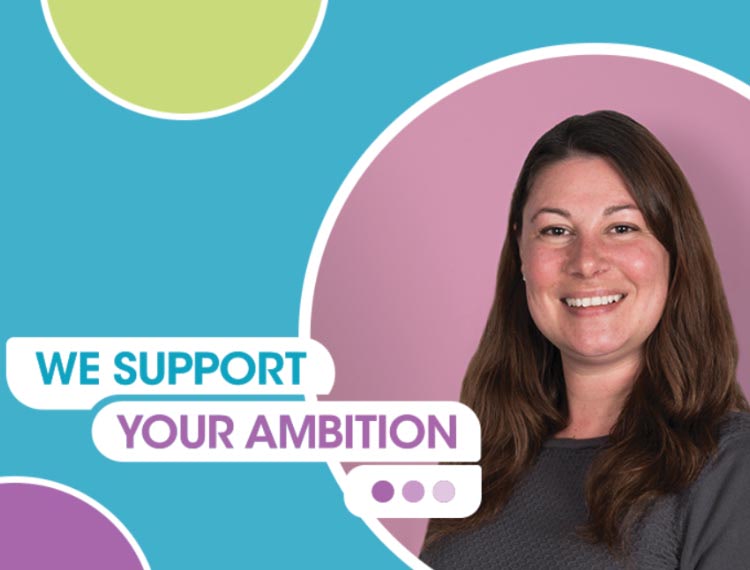How virtual learning is impacting students with disabilities

Universities are shifting to online teaching during the coronavirus pandemic has had a profound effect on all students, the impact on those with disabilities is particularly complex and varied. Nearly a third (27%) of students’ day-to-day activities are limited because of a health problem or disability.*
Although every student has different needs, experts from the Disability Support and Inclusion Service team at The University of Law (ULaw), provide insight into how a virtual learning environment can affect students with a variety of different disabilities, as well as advice on how to make the most of this new way of studying.
1. Establish a routine
Establishing a structure to your day can manage anxiety and help ensure that important tasks do not get missed. Even simple things like scheduling a specific time to eat breakfast and lunch each day can help establish a feeling of control during times of uncertainty.
2. Keep in touch with lecturers and tutors
Despite physical contact hours no longer being available, lecturers and tutors are teaching and are still there to help and support students. Reach out if you have any questions or concerns regarding your wellbeing, course content, or even assessment changes.
3. Minimise risk to physical and mental health
Under lockdown, it’s easy to slip into bad habits and neglect things that keep our physical and mental health in good shape. Make a conscious effort to eat a nutritious diet with plenty of water and try to partake in an enjoyable form of exercise each day.
Due to pre-existing conditions, some students may be shielded in order to protect against the coronavirus. If this is the case for you or someone you know, it’s especially important to make an effort to keep up communication through calls, video calls and chats to reduce feelings of loneliness which can affect mental wellbeing.
4. Make use of assistive technology
Although switching to a new learning environment can be difficult for anyone, there is plenty of assistive technology available to help make the transition easier. If you think that there is a piece of technology or software that can assist you in your new learning environment, reach out to your university support team to see how they can help.
5. Take time for yourself
Take time every day to do something you enjoy and take your mind away from any stresses. Whether it is reading a book, playing video games, or practising mindfulness, everyone should be finding the time to do something that makes them happy.
“It is important to understand all students, with or without disabilities, are different, and therefore the shift to a virtual learning environment may have completely different effects from one individual to the next. It’s important to find a way of working that is best for you and find the positives and worth with the negatives of this situation. Most importantly we are here to help, please get in touch.
Jennifer Harley, Disability Support and Inclusion Service Manager at ULaw











Responses